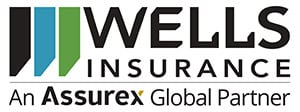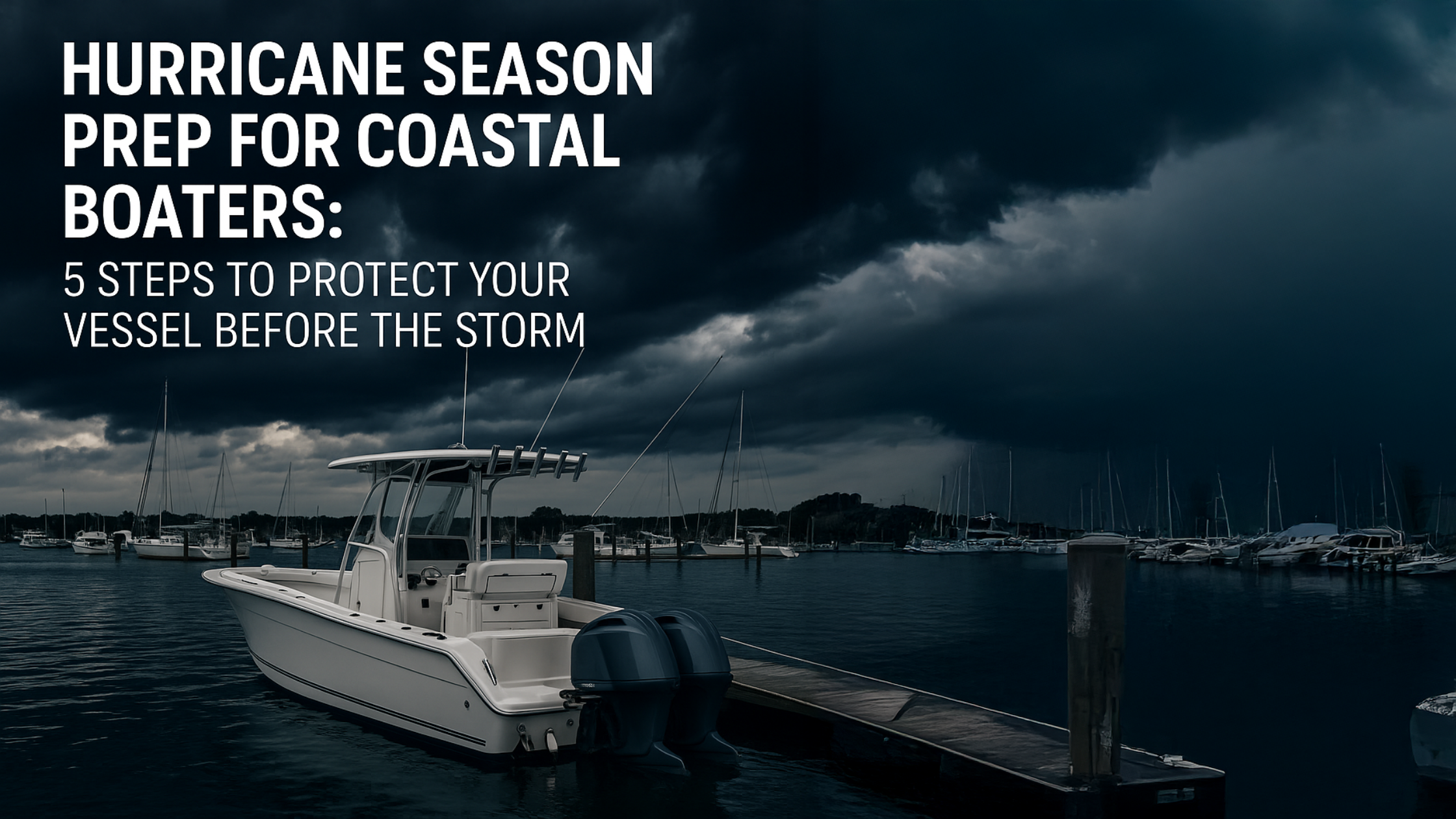Safeguarding Commercial Properties Against Severe Convective Storms: 6 Risk Mitigation Strategies

In an era of increasing weather volatility, commercial property owners face growing exposure to severe convective storms—thunderstorms capable of producing lightning, hail, torrential rain, and damaging winds. According to the Insurance Journal, global catastrophes in 2024 caused $140 billion in insured losses, with 41% attributed to these increasingly destructive storms.
As insurance carriers respond with more stringent underwriting guidelines, it’s essential for businesses to adopt proactive property protection strategies. At Wells Insurance, we’re here to help you identify and implement smart risk management practices that not only reduce storm-related losses but also help maintain insurability, protect your bottom line, and preserve your policy terms.
Understanding the Shifting Insurance Landscape
Insurance providers are leveraging real-time data, predictive models, and historical trends to assess the probability and severity of convective storms in specific regions. With climate patterns shifting rapidly, traditional models are being supplemented with dynamic tools that track live exposures, prompting insurers to manage concentration risks and adjust coverage availability accordingly.
As a result, commercial policyholders who fail to demonstrate proper maintenance and mitigation may face higher premiums, increased deductibles, policy exclusions—or even non-renewal. Preventative action is no longer optional; it’s a critical part of managing your property and business continuity strategy.
Six Key Ways to Protect Your Building from Storm Damage
1. Conduct a Pre-Storm Vulnerability Assessment
Evaluate which areas of your property are most susceptible to storm damage—especially from wind and hail. Prioritize protective measures for vulnerable roofing systems, windows, skylights, and entrances. Consider working with a structural engineer or your Wells Insurance advisor to guide the process.
2. Implement Ongoing Maintenance Protocols
Routine inspections and maintenance are foundational. Address small issues before they become major claims. Key actions include:
-
Inspecting and replacing damaged or loose shingles
-
Cleaning gutters and downspouts
-
Removing debris from roofs and drainage systems
3. Inspect and Reinforce Roof Systems
A building’s roof is its first line of defense. Ensure drainage systems are functional and flashing around chimneys, vents, and skylights is intact. Seal any gaps and check for signs of wear that could lead to water infiltration.
4. Upgrade Roofing Materials for Resilience
Modern roofing solutions can significantly reduce storm vulnerability. Consider:
-
Impact-resistant materials (e.g., Class 4 shingles)
-
Synthetic rubber (EPDM) for durability and flexibility
-
Low-slope roofs with securely fastened gravel or ballast
5. Optimize Landscaping to Minimize Risk
Landscaping isn't just aesthetic—it’s strategic. Protective measures include:
-
Planting wind-resistant trees and pruning regularly
-
Keeping trees away from buildings to prevent root damage
-
Directing runoff away from foundations
-
Securing fences and signage to withstand high winds
6. Invest in Water Mitigation Technology
Smart water monitoring systems can detect leaks in real time. Some alert your team immediately, while others automatically mitigate damage with pumps, fans, and dehumidifiers. Early intervention can mean the difference between minor repairs and major losses.
Wells Insurance: Your Risk Management Partner
The frequency and severity of convective storms are on the rise. Fortunately, so are the tools and strategies available to mitigate their impact. Our team at Wells Insurance is committed to helping you navigate this evolving risk environment with confidence.
Contact us today to schedule a risk assessment, review your commercial property coverage, or discuss tailored mitigation strategies for your facilities. Together, we’ll ensure your business is protected—come rain or shine.
📞 910.762.8551
🌐 www.wellsins.com
✉️ insurance@wellsins.com


